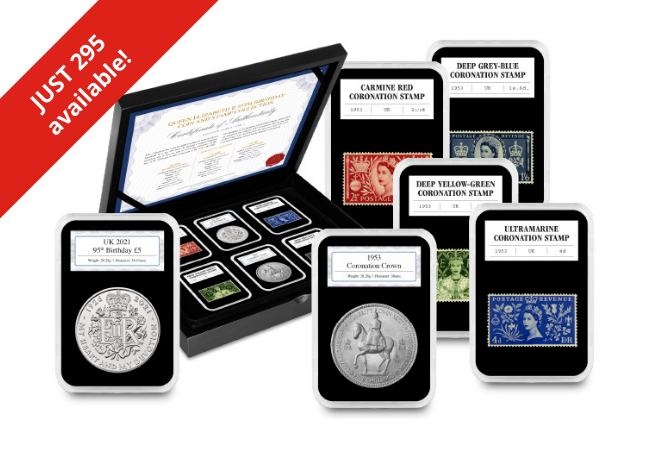Royalty
New portrait of Her Majesty confirmed for this coin
Did you know that a brand new series of coins have been released to celebrate Her Majesty the Queens 95th birthday?
Excitingly they feature a BRAND NEW obverse portrait from artist Luigi Badia!
A fact that’s sure to make this release HUGELY popular.
But with edition limits as low as 995 WORLDWIDE, I can’t guarantee how much longer they’ll be available!
Watch our latest video to find out everything you need to know about this MUST-HAVE Royal release…
If you’re interested…
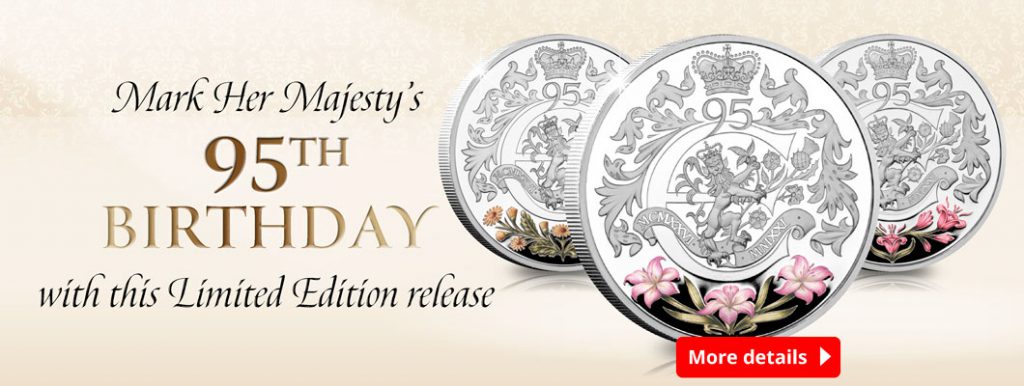
Unboxing a MUST-HAVE Royalty collection with a TINY edition limit…
In my latest video I unbox a MUST-HAVE Royalty collection that celebrates Her Majesty’s 95th Birthday.
ONLY 295 collectors can own it worldwide, and 79% of the edition limit has already SOLD.
So I wanted to show you just why this set is proving to be such a hit with collectors in my latest unboxing video…
If you’re interested…
Click here to be one of ONLY 295 collectors to own this MUST-HAVE collection >>
The Top 5 Historic Queen Elizabeth II Commemoratives…
Happy Birthday to Her Majesty!
This year, Queen Elizabeth II celebrates her 95th birthday. A remarkable milestone for the record breaking monarch and a moment that is crucial to our country’s history. Her reign alone has seen the transformation of the Commonwealth, our entry into and exit from the European Union, the invention of the internet, and 14 prime ministers! As the Queen’s 95th birthday approaches, not only has she become the first monarch to reach a Sapphire Jubilee, but she is also the first to reach this milestone age.
Many historic commemoratives have been issued to mark these important moments, and these have become must-haves for collectors. With the Queen’s next milestone birthday approaching, the demand for these commemoratives is rising and they’re becoming harder to source, especially those more historic issues…
The Coronation Crown
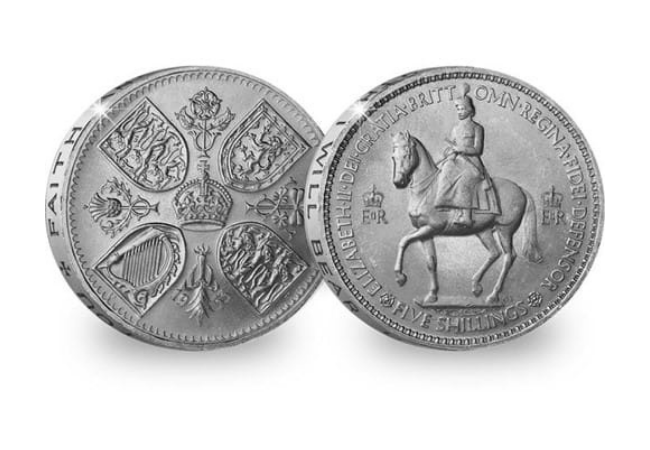
The most famous historic commemorative in the collecting world has got to be the UK Coronation Crown. Issued in 1953, the year of the Queen’s coronation, this Crown coin represents the beginning of a long and prosperous reign for the Queen. It features a special effigy of the Queen on horseback, a fitting tribute to the young Queen’s love of horses. At almost 70 years old, this coin has become a staple for Royal and Historic collectors as it marks one of the most important years of the Queen’s life.
The 1953 Coronation Stamps
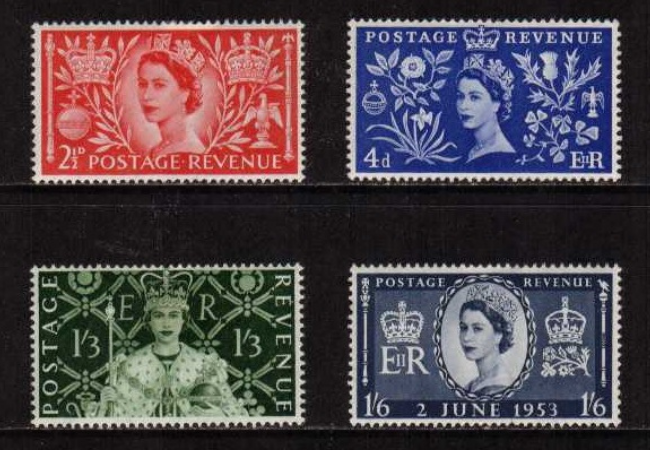
Alongside the Coronation Crown, four commemorative one-year-only stamps were also issued with a special design specifically for the coronation. At 68 years old, these stamps are extremely hard to source in good condition. They are popular with collectors around the world, particularly the Yellow-Green 1/3 stamp, which shows the Queen in her Coronation gown and crown.
The Longest Reigning Monarch Issues
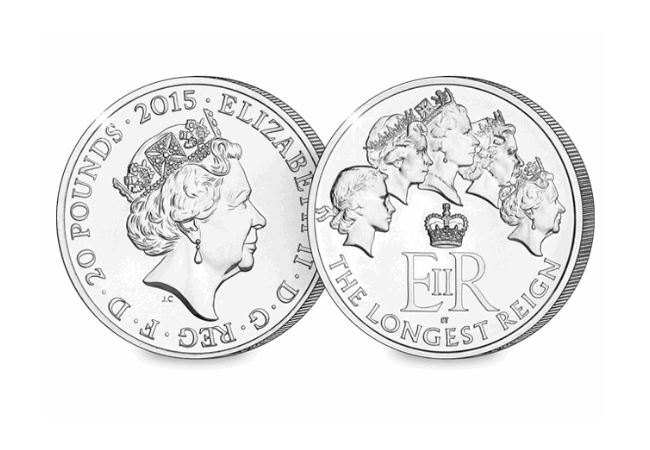
In 2015, the Queen became the longest reigning monarch, as she passed Queen Victoria’s record, marking an important moment in history. The Royal Mint issued a remarkable £20 Silver Coin, which included five portraits of Queen Elizabeth II on the reverse creating a timeline effect of the Queen’s historic reign.
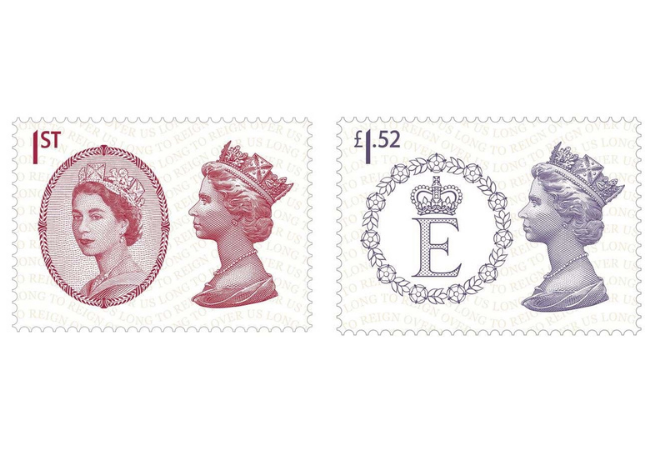
Alongside this the Royal Mail also issued special one-year-only commemorative stamps to celebrate this important moment, including a special purple 1st class definitive stamp.
The Sapphire Jubilee Gold £5 Coin
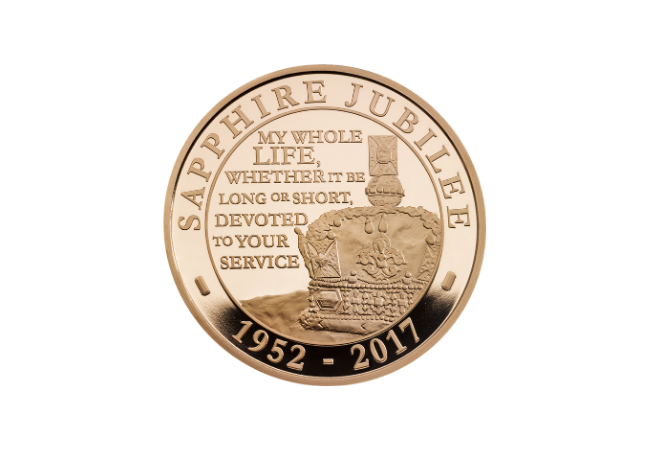
The Royal Mint has issued several remarkable commemoratives to celebrate the Queen’s life and service, but the 2017 Sapphire Jubilee Gold £5 coin stands out above the rest. Struck for the 65th year of the Queen’s reign, the design includes a quote from the Queen’s 21st Birthday Speech “My whole life, whether it be long or short, devoted to your service”, represents the Queen’s lifelong dedication to serving the country. Less than 650 of these coins were ever issued and it has become one of the most sought-after Gold £5 coins ever…
The Queen’s 95th Birthday £5 Coin
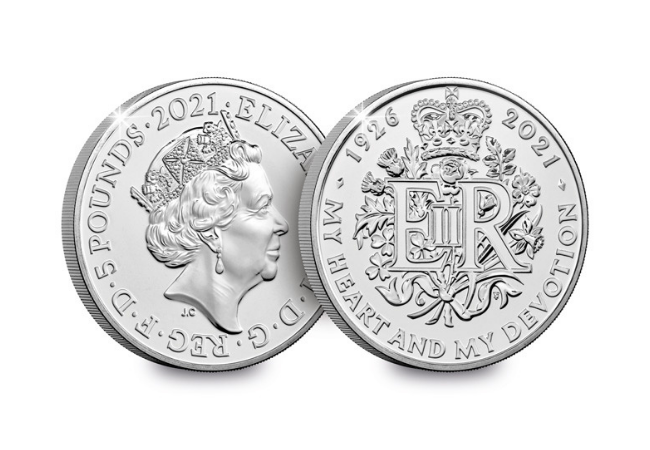
Potentially the most important £5 ever issued is the UK 2021 95th Birthday £5. It holds multiple tributes to her Majesty’s long life, including the year of her birth – 1926. The coin also features the inscription “My Heart and My Devotion” in reference to the promise made in her first ever televised speech on Christmas Day in 1957.
As the Queen reaches her birthday this year, demand for this issue has already proven to be incredibly high with collectors. This coin is set to be a long lasting symbol of the Queen’s longevity, and one that collectors won’t want to miss out on.
So there’s our Top 5 commemoratives which celebrate the Queen’s legacy, which one is your favourite? Let us know in the comments below!
If you’re interested: The Queen’s 95th Birthday Coin and Stamp Collection!
Own the Queen’s 95th Birthday Coin and Stamp collection for JUST £64.99 (+p&p). Including four one-year only historic coronation stamps, the first Crown of the Queen’s reign, the BRAND NEW UK 95th Birthday £5 Coin in Brilliant Uncirculated finish, and limited to JUST 295, this set really does have it all…


